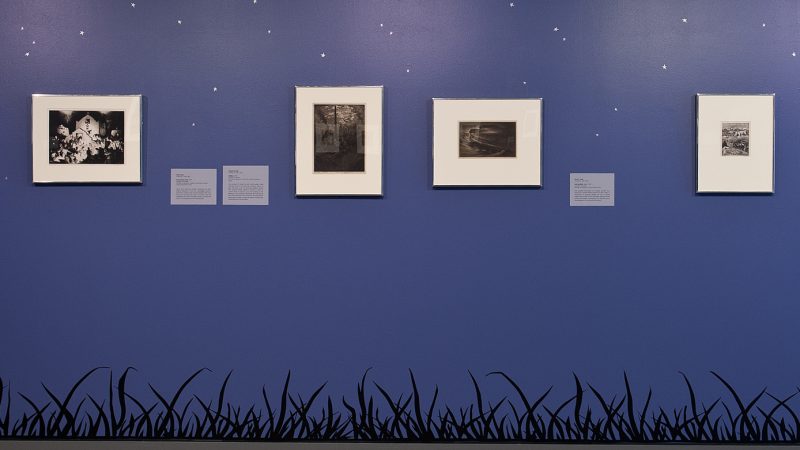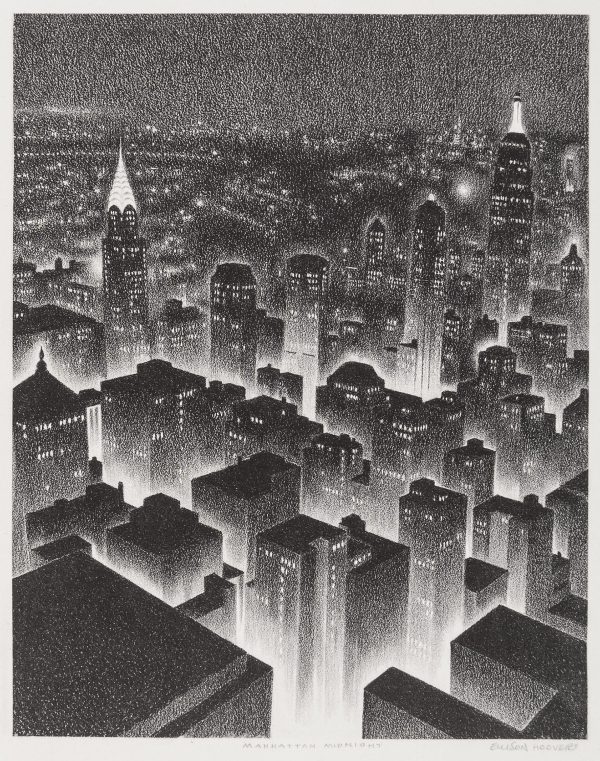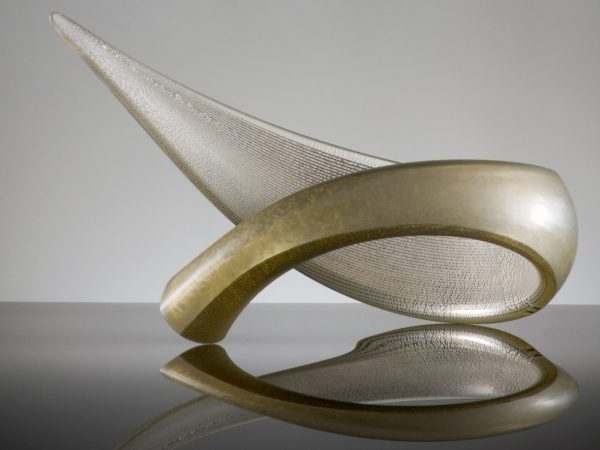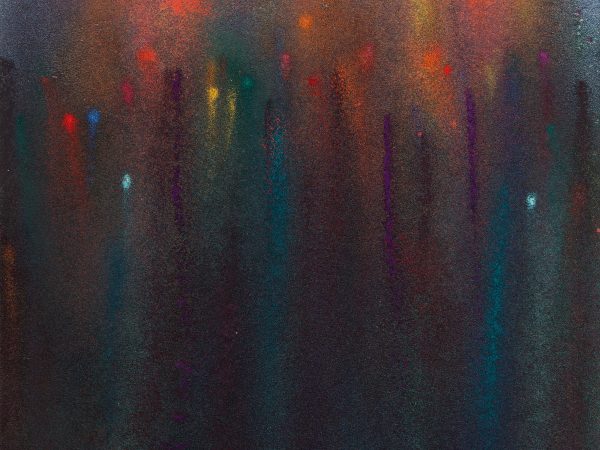
Night: Works on Paper from the Amon Carter Museum of American Art
May 10 - August 31, 2014
Paul Ross Gallery
Scott and Carol Ritchie Gallery
About This Exhibition
Although night scenes–or nocturnes–have been produced by artists for centuries, it was American artist James McNeill Whistler (1834–1903) who made the subject famous–or perhaps more accurately, infamous. In 1877, one of Whistler’s nocturnes, displayed in London, enraged critic John Ruskin who declared, “[I] never expected to hear a coxcomb ask 200 guineas for flinging a pot of paint in the public’s face.” In response, Whistler sued Ruskin for libel and the subsequent court case essentially became a trial about the validity of modern art. During the highly publicized trial, the artist defended his nocturnes as artistic arrangements, based on transcendent ideals of harmony and beauty.
Although Whistler eventually won the suit, his settlement was insultingly small (only a farthing), and he was soon bankrupt. Ruskin, angered at the decision, withdrew from his professorship at Oxford. Despite the personal outcomes of the case, the field of modern art and the subject of the nocturne were forever changed.
Before Whistler produced his nocturnes, the night was treated merely as background. Artists would create narratives set at night, often because the scene was rendered more dramatic by virtue of the nighttime setting. After Whistler, however, night became a subject in itself. Artists began to depict the contrast of darkness with lights from the city in clean-line modernist works, the atmospheric effects of the night in abstract expressions, and the density and mystery of nighttime in surrealist compositions. No longer moralizing or didactic in nature, nocturnes were expressions of artistry, harmony, and beauty.
Prints are an especially fitting media for nocturnes. Rich, dense, and inky, they share characteristics with the night. The versatile techniques offered by printmaking have enabled generations of artists to capture an endless variety of nighttime scenes and subjects. From narrative work by publishers Currier and Ives, to atmospheric work by Whistler, to abstractions by Ben Shahn, this exhibition–from the Amon Carter Museum of American Art–features key examples of nocturnes from the 19th century to the 1960s. This exhibition has been organized by the Amon Carter Museum of American Art, Fort Worth, Texas.

Ellison Hoover, Manhattan Midnight, about 1942-1945. Lithograph, Amon Carter Museum of American Art, Fort Worth

